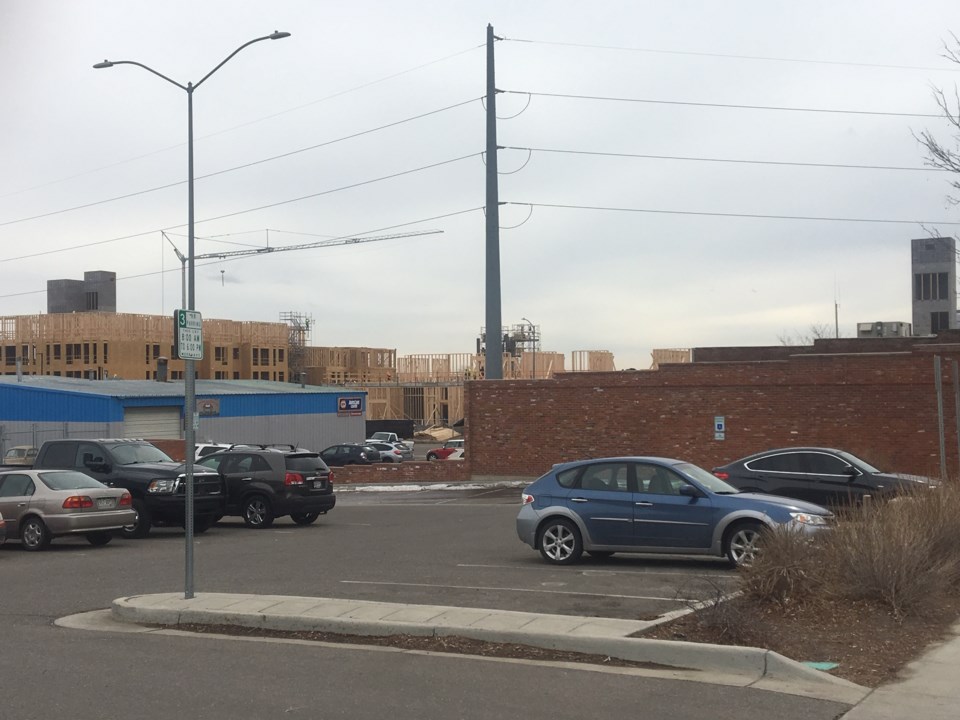This content was originally published by the Longmont Observer and is licensed under a Creative Commons license.
In December 2017, as part of the Tax Cuts and Jobs Act, Congress created a tax incentive program to encourage private investment in economically distressed communities that have not enjoyed the same prosperity in recent years as other parts of the country.
Under this program, investors can defer and reduce parts of their tax bill by making long-term investments in census tracts designated as Opportunity Zones by the US Treasury.
The program has roots on both sides of the aisle and was structured to encourage investors to both
To take part in the program, anyone can create self-certified Opportunity Funds, which are investment vehicles (such as a corporation or partnership) that invests money inside an Opportunity Zone.
The benefits of the program to the community is that investments in an Opportunity Zone should improve the economic prosperity of the area. The benefits to investors work in two ways. First, investors receive a deferral until the year 2026 on paying the tax bill for any capital gains that are reinvested in a Qualified Opportunity Fund within 180 days of being liquidated, and they receive a discount of 10% and 15% off their original tax bill for investments that are held for five years and seven years, respectively. Second, investors who hold on to their Opportunity Fund investments for at least ten years do not have to pay federal taxes on any capital gains that come from that investment.
As an example, say an investor sells stock for a profit of $100,000 in 2019. Under normal circumstances, the investor would owe capital gains taxes on that $100,000. However, they instead reinvest that money in a Qualified Opportunity Fund within 180 days of the sale.
After five years, in 2024, the investor would owe capital gains taxes on $90,000 of the original $100,000 if they were to sell, but they decide to keep the investment.
In 2026, the tax bill comes due, but the investor only has to pay capital gains taxes on $85,000 of their original $100,000 profit because they kept the investment for seven years.
The investor finally sells the Opportunity Fund investment in 2029 for $300,000, but they do not have to pay capital gains taxes on the $200,000 profit because they held the Opportunity Fund investment for ten years.
The Longmont Opportunity Zone is made up of two contiguous census tracts that are bordered by 9th Avenue to the north, the St. Vrain creek to the south, Hover Street to the west, and an eastern border that follows Lashley Street south from 9th Street, continues east along East Rogers Road, then follows Sugar Mill Road east to North 119th Street, where it continues south and terminates at St. Vrain creek. These tracts include downtown Longmont, the river corridor and the Sugarmill areas.
Jessica Erickson, Longmont Economic Development Partnership (LEDP) President/CEO says these tracts were selected through a process that was run by the Colorado Office of Economic Development and International Trade along with the Governor’s office. They submitted these two census tracts out of the eight in Longmont that were potentially eligible for Opportunity Zone designation based on existing development plans, zoning that is favorable to Opportunity Zone investments and community support for development in those areas.
Although the Longmont Opportunity Zone is part of a private investment program that neither the city nor the state oversees in any way, Jessica Erickson sees the Opportunity Zone as a
LEDP along with the Longmont City Council and several city departments are creating an investment prospectus for the Longmont Opportunity Zone that they expect to complete by the end of March. This prospectus is expected to be aligned with existing development plans for the areas covered by the Longmont Opportunity Zone but will help better communicate



